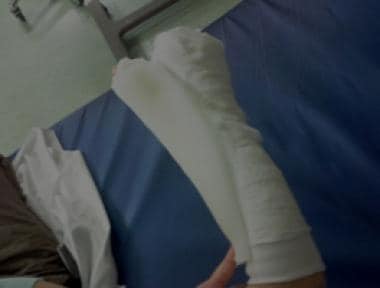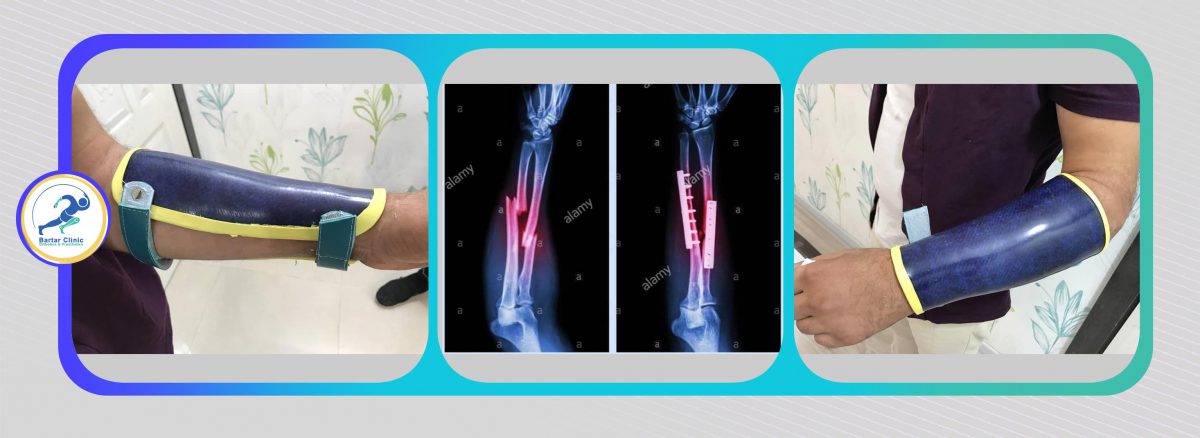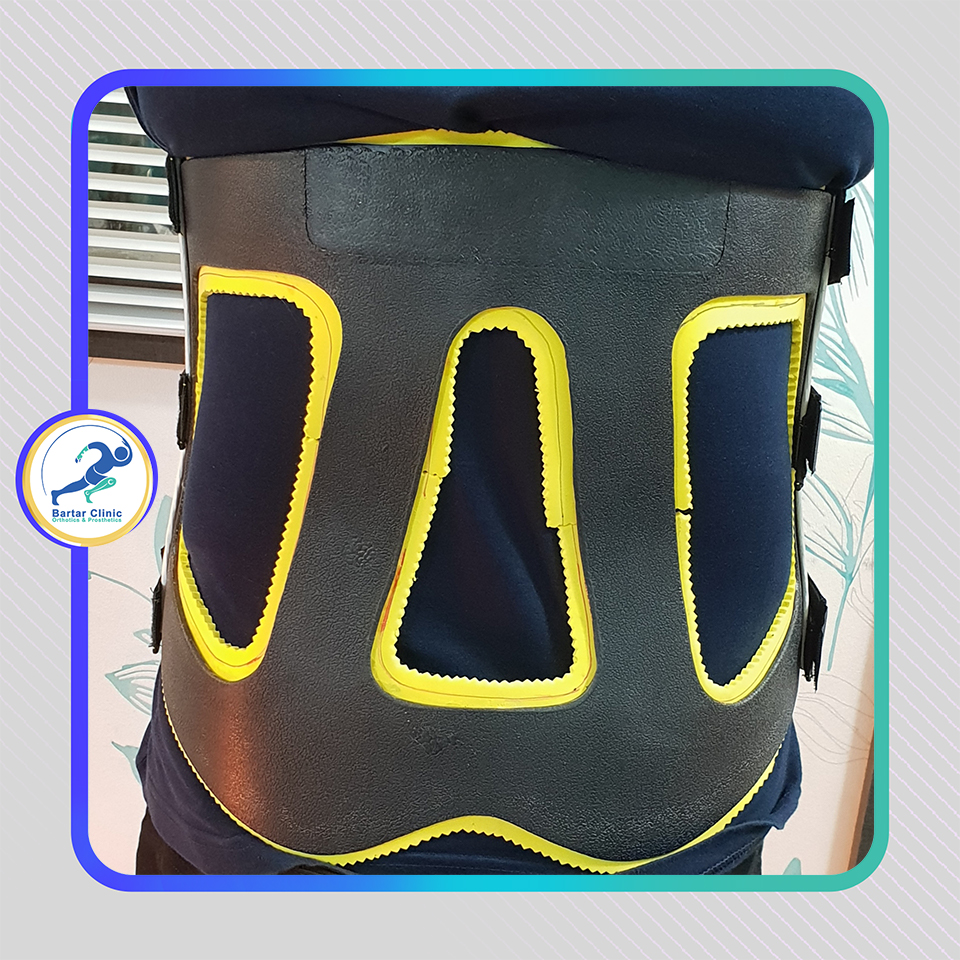

Evidence from a systematic review of randomised controlled trials (RCTs) suggests splinting as an intervention for stretch is not effective in preventing or reducing contracture in people with neurological conditions ( Katalinic et al, 2011). Peripheral muscles and joints must be kept at a functional length to: limit secondary complications, and optimise rehabilitation effects and efforts to help people maintain their level of independence ( Pitts and O'Brien, 2008).Īlthough common as part of treatment and management in neurological practice ( Edwards and Charlton, 2002 Coppard and Lohman, 2007), the effectiveness of splinting as a stretch intervention for contractures remains the subject of ongoing clinical debate ( Katalinic et al, 2010 Lannin and Ada, 2011). While the presence of spasticity does not mean the formation of contractures are inevitable, its presence in the overall clinical presentation can play a role in the development of neural and non-neural adaptations seen with decreasing range of movement ( Ada et al, 2006).

In a study by Kwah et al (2012a), half of all adults admitted to hospital with stroke developed at least one contracture. The reported prevalence of contractures in neurological conditions varies widely and ranges from 11–84% in patients with traumatic brain injury (TBI) ( Yarkony and Sangal, 1987 Moseley et al, 2008) to up to 60% of people following stroke ( Sackley et al, 2008).

The terms ‘splinting’ and ‘casting’ are often used interchangeably in this paper, all devices that are removable, non-removable, half and total (enclosed) will be referred to as splints, and the process of creating and applying them as splinting.Ĭontractures are a common complication of central nervous system damage and are thought to result from a combination of neural and non-neural factors, including spasticity and structural changes in soft tissues ( Lieber, 2010). Splints can be made from a variety of materials, such as thermoplastic, scotchcast (a fibreglass tape), ‘soft and scotch’ or plaster of Paris ( Kilbride and Cassidy, 2011). Therapists use a range of custom-made or off-the-shelf devices with the aim of providing a prolonged stretch to soft tissues.

‘Application of external devices designed to apply, distribute or remove forces to or from the body…, control of body motion and alteration or prevention in the shape of the body tissue.’ ( Rose, 1986: 7)


 0 kommentar(er)
0 kommentar(er)
